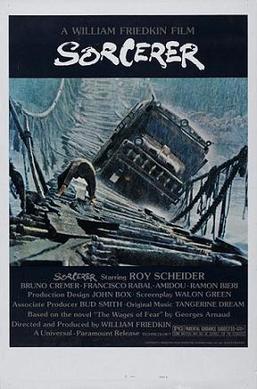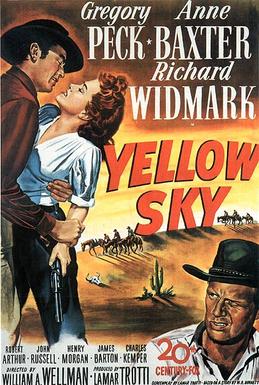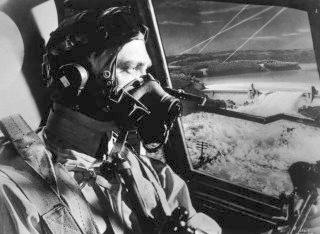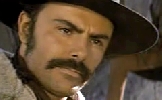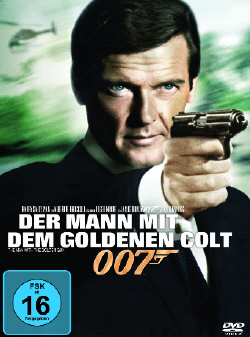 All too often war movies are thrown by the wayside, and some for good reason; they're not very good. I still love them though, the good and the bad. TCM, officially the best channel ever, aired a WWII drama that I'd never come across this week called "The Four Days of Naples." When I saw some of the cast and recognized names from the spaghetti westerns, I figured I had to give it a try.
All too often war movies are thrown by the wayside, and some for good reason; they're not very good. I still love them though, the good and the bad. TCM, officially the best channel ever, aired a WWII drama that I'd never come across this week called "The Four Days of Naples." When I saw some of the cast and recognized names from the spaghetti westerns, I figured I had to give it a try.This was renegade filmmaking before anyone knew what that meant. There's no big picture here, just the story of resistance fighters going toe to toe with the German troops occupying Naples. The movie starts with a description of how the war is going, Mussolini has been overthrown and the talk of an Italian surrender is rumored all over the country. When it seems like the war may be over for Naples, German troops move into the city to prepare for the upcoming Allied advance.
At first, the Neapolitans go along with the occupation, unwillingly of course but what else is there to do? It takes one moment to push the population to resistance. Two young boys, teenagers maybe, are killed in a brief firefight. One is known, but the other is a mystery. No one recognizes him. In the chaos that results, small resistance units take to the streets with weapons left behind by the Italian army. In the narrow streets of Naples, battles erupt as these inexperienced citizens fight it out with veteran German troops.
What jumped out from the movie was the casting. There's not one main star here, no huge name, just lots of characters the movie follows as the fightings in Naples develops. There's Stimoli (Gian Maria Volonte), an Italian captain who finds himself the unlikely leader of a large group trying to rescue hostages in an abandoned stadium. There's Livornese (Jean Sorel) and Pitrella (Aldo Guiffre, the drunk captain from The Good, the Bad and the Ugly), a lieutenant and his sergeant dragging an artillery piece all over the city looking for a fight. There's Gennaro, a young boy separated from his mother who sees the fighting as a bizarre sort of game, joining in with his German helmet he found. Ayello (Raffaele Barbato) is a student at a reformatory, leaving the principal (Georges Wilson) behind, only to have the older man join his band of youngsters. Frank Wolff plays Salvatore, a man looking for revenge after his friend is shot down, his widow joining him. That's just a sampling with many more characters and plot lines jumping out.
One character especially jumps out, and he doesn't even have a name. Charles Belmont plays Sailor, an Italian sailor not quite sure what's going on with a rumored surrender. He begins to move across the city with a German soldier and ends up serving as an example to the Italian people of those who rebel. It's a small part, but a memorable one.
With so many characters, the movie works because director Nanni Loy puts the camera right there in the streets and on the rooftops with the resistance fighters as they tangle with German troops. The black and white cinematography adds something to the feel of realism all the way until the final shot of Italians celebrating their victory. The battles aren't staged or too Hollywood either; people die, there's no immortal hero gunning down hundreds of Nazis.
Of course there's no VHS or DVD so hopefully TCM airs the movie again so more people can see this underappreciated WWII story. The Four Days of Naples trailer, unfortunately with some bad dubbing, the TCM version had subtitles.

